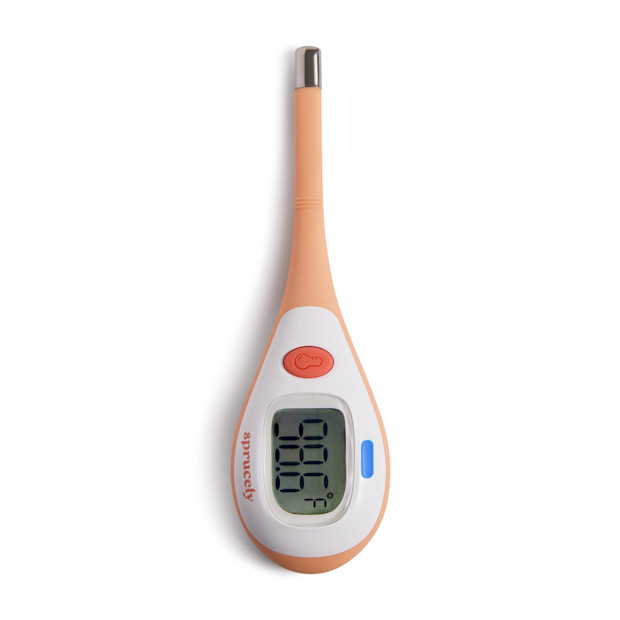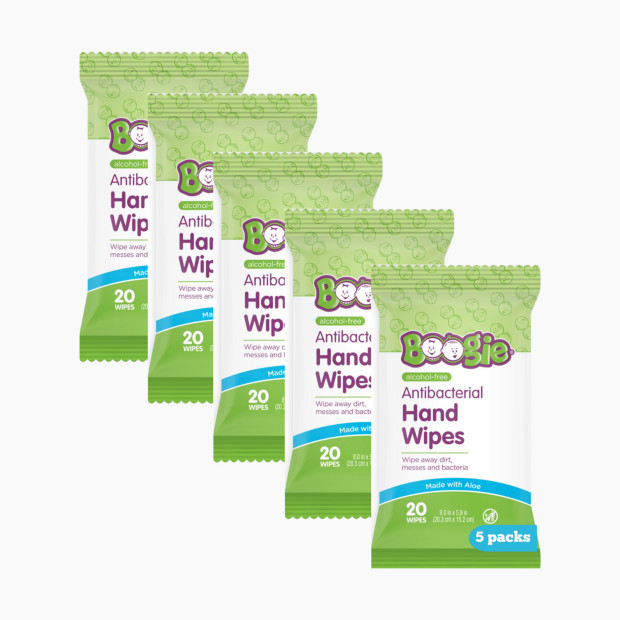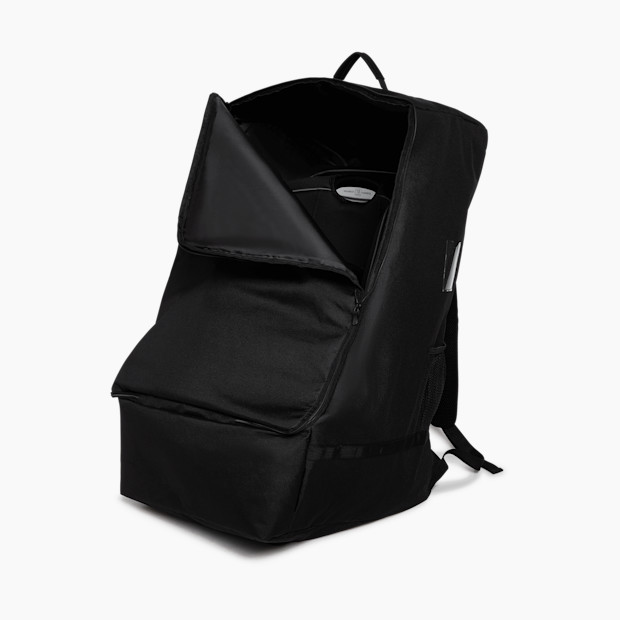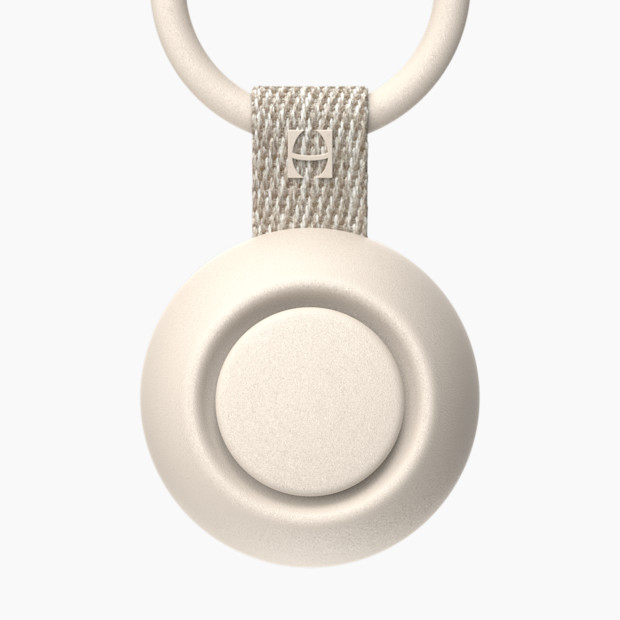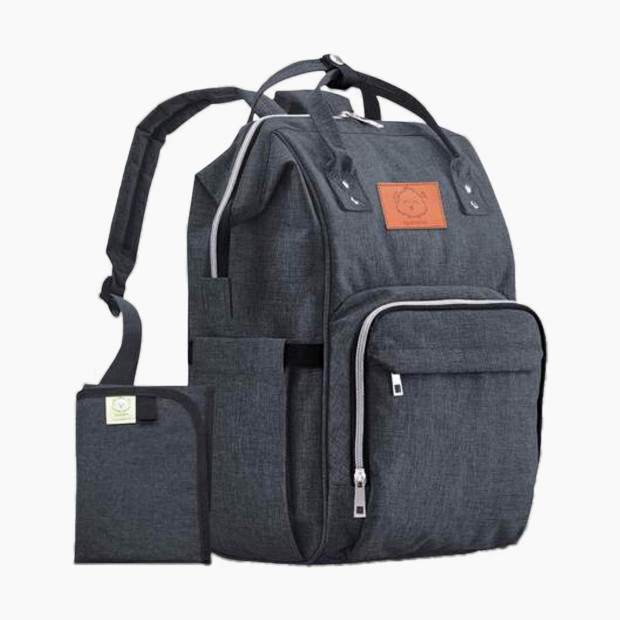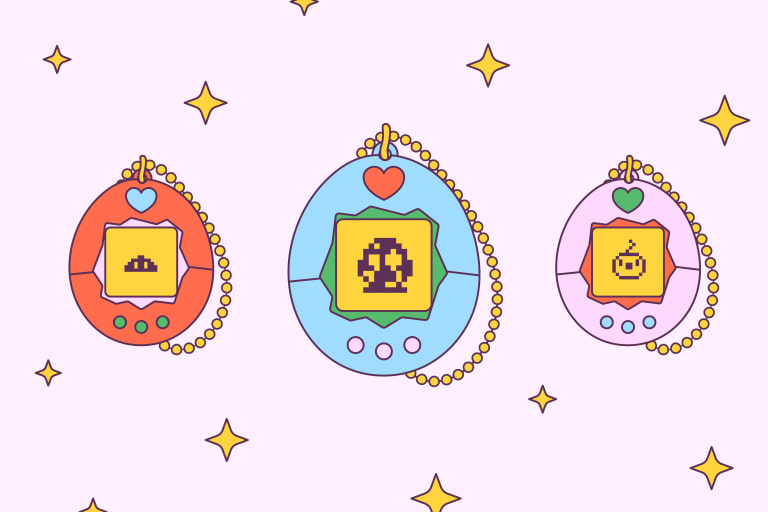
Your 14-Week-Old Baby
Hand, Foot & Mouth Disease explained, plus doctor-approved travel tips for taking a vacay with baby.

In This Article
If your baby is going to daycare or regularly spends time with other young children, don’t be surprised if new illnesses start entering your home. That’s why, this week, we’re covering one of the most common viral infections of childhood: Hand, Foot and Mouth Disease. Dr. Gabriella Dauer, a pediatrician and author of Beyond the Basics: A Pediatrician's Newborn Guide, has advice on what symptoms to look for and how to limit your baby’s exposure.
And if you’re coming out of the newborn and fourth trimester stages with a bit of cabin fever, good news: at 14 weeks old, your baby is totally fine to take a little vacation with you (with the exception of certain health conditions). We’ve got doctor-approved travel tips to help your trip go as safely and smoothly as possible.
🚼 Baby’s Development
🤒 Hand, Foot and Mouth Disease
If you’ve been around daycare or preschool-age children much, then you’ve probably heard about Hand, Food and Mouth Disease, or HFMD. It’s really common among kids under five years old, especially those in group childcare settings (but anyone can get it, even adults). If your little one gets it, don’t panic—it’s pretty mild, only lasts about a week and typically doesn’t require any medical care.
So what is it, exactly? It’s a viral infection that causes similar symptoms to the flu, Dr. Dauer says, plus HFMD’s signature rash. You might notice that baby has a fever at first, and maybe they’re eating less and are extra cranky and lethargic. But those can be signs of plenty of other illnesses; what separates HFMD from other viruses is the rash.
One to two days after the fever begins, Dr. Dauer says you’ll often see small, pimple-like bumps around baby’s mouth, hands, feet, diaper area and sometimes the back of the throat. “This rash is not typically itchy, but if it develops at the back of the throat, it can be very uncomfortable and cause children to not want to eat or drink, so staying hydrated is the most important piece here,” Dr. Dauer says. And since rashes can sometimes look atypical, check in with your pediatrician if you’re unsure what you’re seeing.
The other big thing to keep in mind: it’s highly contagious, especially if your little one is showing any of the above symptoms. (Adults can get it too, but the symptoms are much more mild.) So what can you do? According to the Centers for Disease Control, HFMD isn’t usually serious, and most people recover in seven to 10 days without medical treatment. So if your kiddo is in daycare, be prepared to take some time off and stay home until it’s all clear.
“Once the rash has crusted over and the child is fever free for 24 hours, the virus can still shed in the stool, so parents and caregivers should exhibit good handwashing with diaper changes,” Dr. Dauer says. So keep those hands washed and let baby rest as much as they need to—it’ll be over soon enough. Immunity is thankfully lifelong; once you catch one strain of HFMD, you have the antibodies for it forever (you just have to hope a different strain doesn’t come around again next year).
❓Weekly How-To: Traveling with Baby
Thinking about taking a trip with your little one? The idea may feel overwhelming, especially with a young baby, but it may not be as tough than you might think. “It’s actually easier to move around with an infant at this age because they are typically stroller bound or in a carrier on your body,” Dr. Dauer says. And many places can be accommodating to parents and babies, especially when it comes to safety with air travel and renting gear like cribs, playards, strollers and car seats.
When is the right age for a baby to start traveling? “With respect to developmental stage, there’s no specific age or stage at which babies can travel,” Dr. Dauer says. “The first thing I think about is their vaccination status to make sure they are as protected as possible. I do like for them to have one or two sets of [routine vaccinations] prior to air travel. Most healthy children can travel without restrictions unless they have a specific heart or lung problem, for which they should consult their doctor regarding flying or travel.”
No matter how you’re traveling, Dr. Dauer says the biggest thing to focus on is protecting baby’s naps. “The greatest thing you can do for your child is maintain their nap schedule if possible so that they’re not crankier on the go!” A well-rested baby will help make a smoother trip for everyone.
If you’re flying, Dr. Dauer recommends these pro tips:
Buy a seat for your baby when possible, since it’s safer (and much more comfortable) to secure their car seat on the plane.
Even though most airlines allow families to board first, consider boarding last to reduce how long your baby spends sitting in a confined space. If you’re traveling with another adult, you can always have them board first to put away luggage and install the car seat ahead of you boarding with baby.
Try offering a pacifier, bottle or nursing during takeoff and landing—sucking and swallowing help equalize ear pressure and keeps babies more comfortable.
And if you’re trying to figure out how to pack, keep in mind that a 14-week-old baby doesn’t really need their own luggage (here are some great luggage options we recommend for traveling as a family). Depending on how long your trip is and whether you’re open to checking a bag, you can usually fit most things for one adult and one baby into one checked luggage, then put the rest in a carry-on and/or well-organized diaper bag. The goal is to minimize the amount of baggage you have to tote, since you may also have a stroller, car seat and baby carrier in tow (not to mention a whole baby).
👀 Looking Ahead
4-month sleep regression: It’s time for that first sleep regression. Your baby may suddenly have a shift in their nap and bedtime habits. We’ll talk about why it’s happening and how to cope.
Moving from bassinet to crib: If you haven’t yet, the four-month mark is a good time to look for signs your baby is ready to transition to a bigger sleep space.
🛍️ Panic Order
Expert Sources
Babylist content uses high-quality subject matter experts to provide accurate and reliable information to our users. Sources for this story include:
Dr. Gabriella Dauer, a pediatrician and author of Beyond the Basics: A Pediatrician's Newborn Guide

